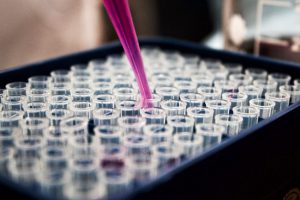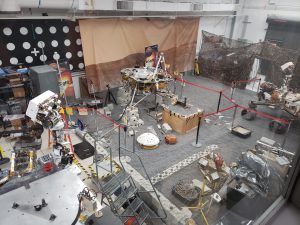Metagenomic Binning / Assembly
Posted a request to Twitter about Metagenomic dinners and assemblers and got a lot of useful responses so collected them together into a Wakelet. See below:
Posted a request to Twitter about Metagenomic dinners and assemblers and got a lot of useful responses so collected them together into a Wakelet. See below:

The Biology and the Built Environment Center (BioBE) is currently seeking a post-doc to investigate fundamental questions surrounding the role of microorganisms (bacteria, viruses, fungi archaea, and protists) in the built environment and in relation to human health outcomes. Learn more and apply here. (https://careers.uoregon.edu/en-us/job/527294/post-doctoral-scholar-in-microbial-ecology)

Source: Banfield-lab bioinformatics postdoc announcement – Google Docs Postdoctoral Scholar: Microbial genome bioinformatics – Innovative Genomics Institute, UC Berkeley The Banfield Lab (https://nanogeoscience.berkeley.edu/) and Innovative Genomics Institute (https://innovativegenomics.org/) at the University of California, Berkeley invite applications for a Postdoctoral Researcher position in the field of genome-resolved metagenomics. Our group specializes in generating novel insights …

So this last week, we ran a workshop on bacterial genomics at the Jet Propulsion Laboratory (JPL). Who is “we”? An amazing collaboration across several institutions. The whole thing was initiated by Dr. Parag Vaishampayan (NASA-JPL), who contacted myself (UC Davis), Dr. Elinne Becket (Cal State San Marcos), and Dr. Kenisha Johnson (Alabama A&M) about …
Skin-associated bacteria are abundant indoors. A comparison across studies shows that up to 30% of bacterial sequences detected indoors are associated with the human body (see Table 1 in this 2016 paper). I’ve been kind of skeptical that these sequences represented live organisms, however. Rather, I suspected the high proportion of sequences that were human-associated …
This is a pre-print that just came out from several UC Davis colleagues. I actually think the title is a bit misleading because these recommendations are a lot broader than just human fecal metagenomes. Definitely worth a read! Abstract below: Background Shotgun metagenomes are often assembled prior to annotation of genes which biases the functional …
A colleague has a question they would love some feedback on regarding PCR primer selection for 16S rRNA gene amplicon surveys. I am posting it below: I am working on a project aimed to determine the influence of long-term fertilization on soil microbial communities. I am sampling both the rhizosphere and the bulk soil and …
One of the hurdles in linking microbial ecology with building science has been incorporating quantitative information about the microorganisms encountered in indoor environments, mainly because the standard high-throughput amplicon approach for community analysis is semi-quantitative, at best. Over the summer, there was a Twitter conversation related to this topic. My take-away from this (what I view …
Of potential interest: Source: FICUS JGI-NERSC-KBase – DOE Joint Genome Institute I am copying some of the announcement below: The Biological Data Science call will enable users to perform state-of-the-art computational research to explore the wealth of genomic and metagenomic data generated worldwide and translate sequence information into biological discovery. Users will have access to …
Assistant Professor Position in Soil Microbiomics with a 75% research, 25% teaching appointment. The Department of Ecosystem Science and Management seeks candidates interested in conducting research to understand the distribution, composition, diversity, and functional impact of microbial communities in soil-plant habitats. We seek individuals with diverse interests in soil microbiomes and in teaching related courses. …